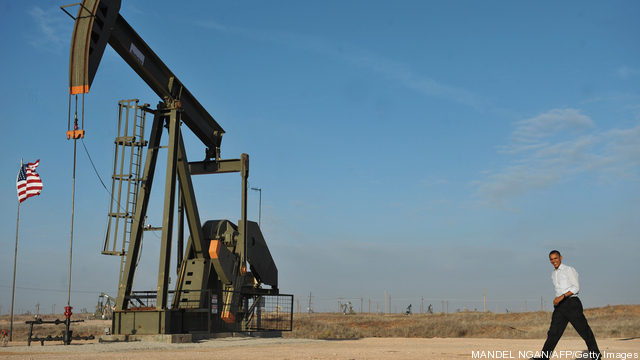Barclays is forecasting a long-term US natural gas price of $4.75 per million Btu, asserting that the $4.50-$5.00/MMBtu range is the golden mean that can both drive demand growth and ensure sufficient supply.
“Natural gas prices at $4.50-5.00/MMBtu are high enough to motivate sufficient gas drilling to meet projected demand in the long run: a healthy recovery from the recent levels, but still low enough to preserve a cost advantage in the US relative to other manufacturing economies,” said Barclays analysts Biliana Pehlivanova and Shiyang Wang in a report released today.
“Upside risks to prices are capped by the producers’ ability to deliver rapid growth of supply.”
Below are some of the assumptions underlying Barclays’ price expectations.
Demand Drivers
The bank’s forecast incorporates the assumption that a combination of factors, such as exports and environmental regulations, will boost demand for US natural gas 14 billion cubic feet per day between now and 2020, “a magnitude of growth which opens the door for the bulls to tout hefty longer-term price forecasts”.
- Pipeline exports: US exports to Mexico have doubled since 2010, and pipeline capacity between the two countries is set to grow by 3.6 bcf/d by 2016, while Mexico’s power generation gas demand is expected to rise by 3.8 bcf/d between 2010 and 2024. Meanwhile, US gas imports from Canada will likely continue to fall.
- LNG exports: Within this decade, 5-8 Bcf/d of liquefaction capacity will be built in the US, with a base-case assumption of 6 Bcf/d of LNG exports by 2020.
- Coal plant closures: Environmental regulations that take effect in 2015 will drive the closure of 25 gigawatts of coal-fired electricity generation capacity, with more closures likely in 2016-2017. The shift in the power generation mix could add 1-1.5 bcf/d of gas demand in 2015, and 2 bcf/d over the course of this decade.
- Industrial: Low natural gas prices have spurred the proposal of a suite of greenfield gas-intensive plants. If all were to come online, they would add 6 bcf/d to gas demand, but Barclays expects actual additional demand from the sector at 3 bcf/d to 2020.
- NGVs: Additional gas demand from NGVs – assuming demand doubles between 2011 and 2017, and doubles again between 2017 and 2020 – will be just 250 mn cf/d.
If the Price is Right…
The bank sees US producers as capable of growing production to satisfy growing demand. “Given the right price signals, producers stand ready to quell the heated demand with a tidal wave of output.”
- Returns: Gas output has grown by an average of 2.64 bcf/d for the last five years at an average cash price of $4.80/MMBtu. But looking at cash prices ignores the potential returns boost from hedging future production, and the fact that a large amount of US gas is produced as associated gas from oil and natural gas liquids wells, “where gas prices contribute little to the well’s bottom line”.
- Marcellus: The shale in the northeastern US jas been “by far the largest source of production growth in recent years”. Unlike many gas formations, the Marcellus holds some of the country’s lowest-cost gas and is profitable even at current prices.
- Rig Counts: The relationship between rig counts and actual output levels has changed as producers have found ways to more efficiently produce gas from each well.

